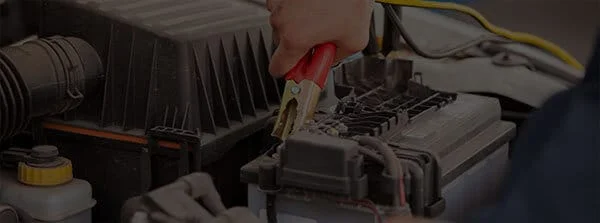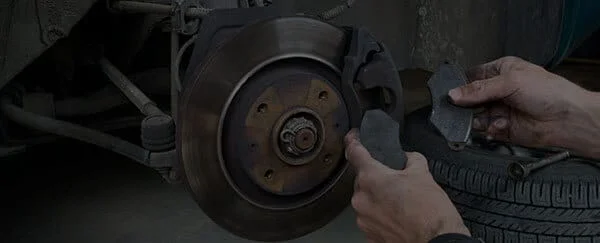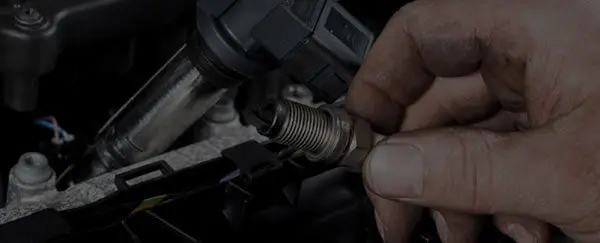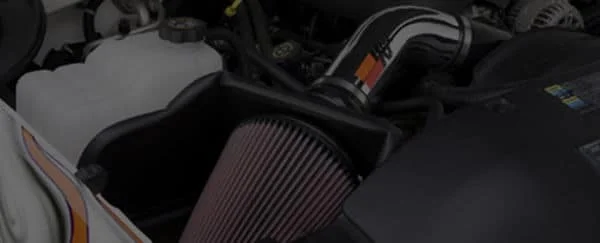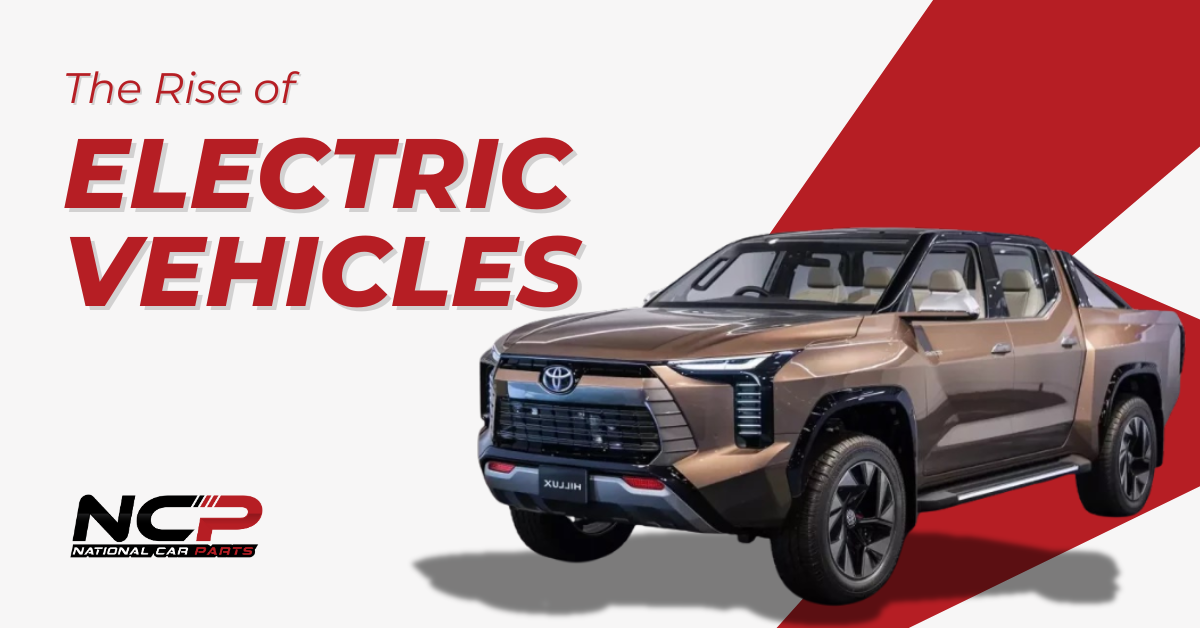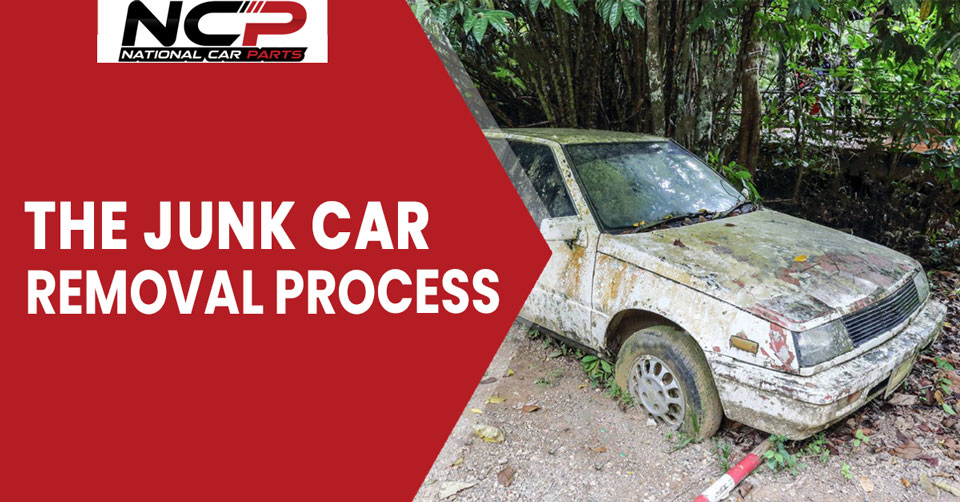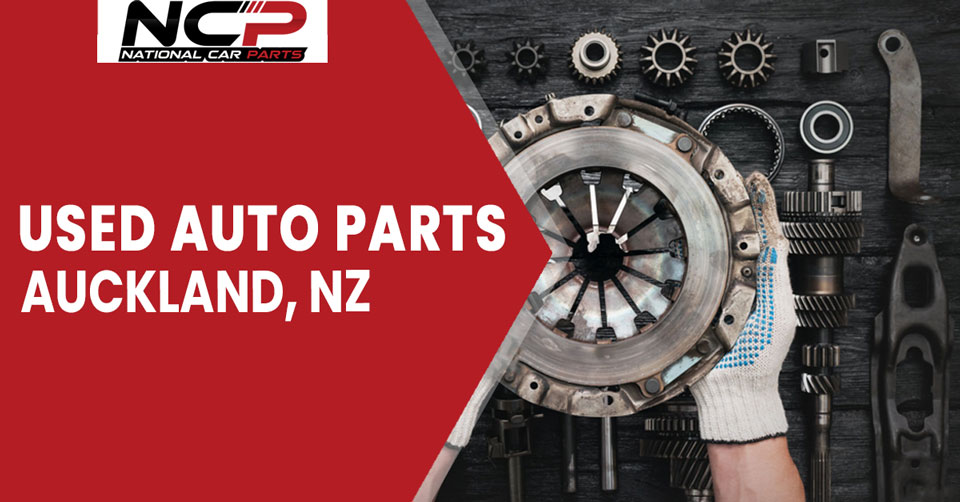Owning a car is much more than putting gas in it. Well, this doesn’t mean you have to be an Automobile Engineer or an expert mechanic. Learning and knowing a few important aspects of your vehicle can help you at least in understanding the basics of how a car runs.
So why it’s important to maintain your car on a regular basis? Well, it’s your sole responsibility. Instead of ending up in a garage for days lookout for these important components of the car and it’s pretty sure to stay and live for long in a mint condition.
You don’t have to be an expert to know these factors.
The key to a smooth-running car is a well-maintained battery connection. The most common reason for a flat battery is human error. You forget to turn off the headlights, door lights or even sometimes the truck is not shut. This drains out the battery and the next morning we struggle to get our car started.
1. Battery Maintenance
Please always make sure while handling the battery for your safety wear eye-protecting gear and hand gloves.
- Terminal connections should be clean, protected, and fitted well.
- To clean the battery terminals if covered with acidic powder use a solution of baking soda and water and scrub it off with a wire brush or a toothbrush will also do the work.
- Coating the battery with grease made for high temperatures
- During winter’s you can try to keep your car parked in the garage or at least cover it.
- Keeping a check of the water levels
A dead battery is frustrating and it’s even more frustrating if its flat early morning when you are off to work. So open that hood up every few months to at least have a check on the condition of the battery.
2. Check on Oil and Oil filter
Like the human body needs water to function, the car engine needs oil to operate in good condition.
Check and change the oil every 3000 to 7000 miles. It is necessary to change the oil in these intervals to make sure the car runs smoothly.
- Check the oil and oil filter recommended by the vehicle’s manufacturer
- Always run your engine for at least a couple of minutes depending on if the weather temperature is low before driving your car.
- Check for the color and consistency of your oil. You can do this by taking a bit of oil on your thumb and rubbing it. If the oil is coarse or feels gritty it should be changed immediately as it might contain contaminants.
- When replacing new oil remove the filter and clean the filter compartment, if required replace the oil filter and then add the new oil filter following new engine oil.
- Start your car and let it run for a few minutes. This allows the oil to circulate throughout the engine. Check on the oil lights and make a note of the oil change done.
Always make sure you buy the right engine oil depending on its type. Diesel and petrol engines use different kinds of oil type, so make sure you don’t end up putting diesel engine oil into a petrol one. This is not good for the long run.
3. Brake Pads
Brake pads are important as we need to put brakes while driving and if they don’t stop on time you end up in a mess. So it’s important you always keep check on brake pads. Brake pads after losing all of their grips can damage the disc badly. The braking system includes cylinder and brake lines, pads, calipers, and rotors.
- Check brake pads and rotors in your braking system as they are the point of contact between tyres.
- Replacing the Brake Fluid to help your pads last longer. Always helps to maintain a healthy braking system.
- Reinstalling the caliper bracket and torque bolts as mentioned in your user manual.
- At the end brakes, performance depends on how you maintain or drive your car. Unnecessary or heavy braking and also in wet weather could damage brake pads.
4. Spark Plugs
These can be the easiest ones to change
- Spark plugs are tiny bolt of lighting. And they play a major role in getting your vehicle started.
- They last between 10,000 to 20,000 miles which is for standard copper spark plugs.
- Its composed of a terminal, insulator tip, seals, central electrode, metal case, and a ground electrode. They play a big role in the running of spark plugs.
- A plug made with expensive material like platinum lasts much longer than regular copper ones.
- Locate your spark plugs underneath your bonnet attached to rubber wires, depending on the vehicle’s cylinder size you might find four to eight plugs.
- Once located remove the first wire spark plug and do this one by one in order and replace them with new ones.
- Make sure not to over-tighten it. At last, reattach the spark plug wire and that’s done.
5. Changing the Air Filter
Air filter gets clogged with dust, dirt, and debris over time and it’s important to clean it after every 10,000 to keep your car running. If not cleaned the dirt and dust might end up entering your engine causing it to stall or break down sooner or later.
- Washing or vacuuming your car Air filter is the best option to get it cleaned inside out.
- Locate your cars Air filter using its manual. Once located there are a couple of nuts and clamps that you need removed. The filter can be then removed.
- To wash the air filter with soap or solution is easy and you can just put the filter inside a water bucket with soap. Shake it and let all dirt and liquid out from it. Once cleaned take it out and dry using a towel.
- Make sure you let it dry completely. Clean the Canister with a soft cloth and make sure it dried out leaving no moisture behind.
- Put the filter back and that’s done.
6. Wipers
- Wipers have a tendency to wear off easily and if you observe they are cracked or not cleaning the windshield you can change it yourself. Check your user manual for the correct size your vehicle’s wiper blade uses.
- Lift the wiper arm and you will see metal sliders attached to it. Unclip the rubber blades and replace it with new ones.
- Slide the metal sliders back and put the wiper arm down.
7. Coolant
Handle coolant liquid with care.
- Car’s radiator and the cooling system depends on this fluid to work effectively.
- To begin changing the coolant make sure your car is not running and is completely cool
- Find your cars radiator drain plug using your manual.
- Locate the drain valve and drain your radiator, you can place a bucket underneath the radiator so that it collects the old coolant.
- You can then add a cleaning solution and top it up with water. Start your car and let it sit for 10minutes.
- Turn off the car and wait for the engine to cool completely.
- Drain the content of the radiator and add a new coolant to it using a funnel.
Make sure you dispose of the old coolant safely. You can take it to any mechanic or recycling center to dispose of it safely. Coolant is a fatal toxic fluid so make sure you take care.
8. Tyre pressure
- This might be the simplest thing to do in maintaining your car. Make sure you know your car’s tyre pressure and get it filled at the nearest gas station or mechanic shop for free.
Vehicle maintenance is not always easy but can be done with some basic car information.
A well-maintained vehicle performs better and is much more efficient and effective. Also helps in reducing fuel consumption.
In the end, there is always a time when your vehicle is dead and you can’t spend any more money to get it fixed and running.
This is where our expert car wreckers service comes in and offers you cash for your old scrap cars which are hard to maintain and heavy on pocket as well.


